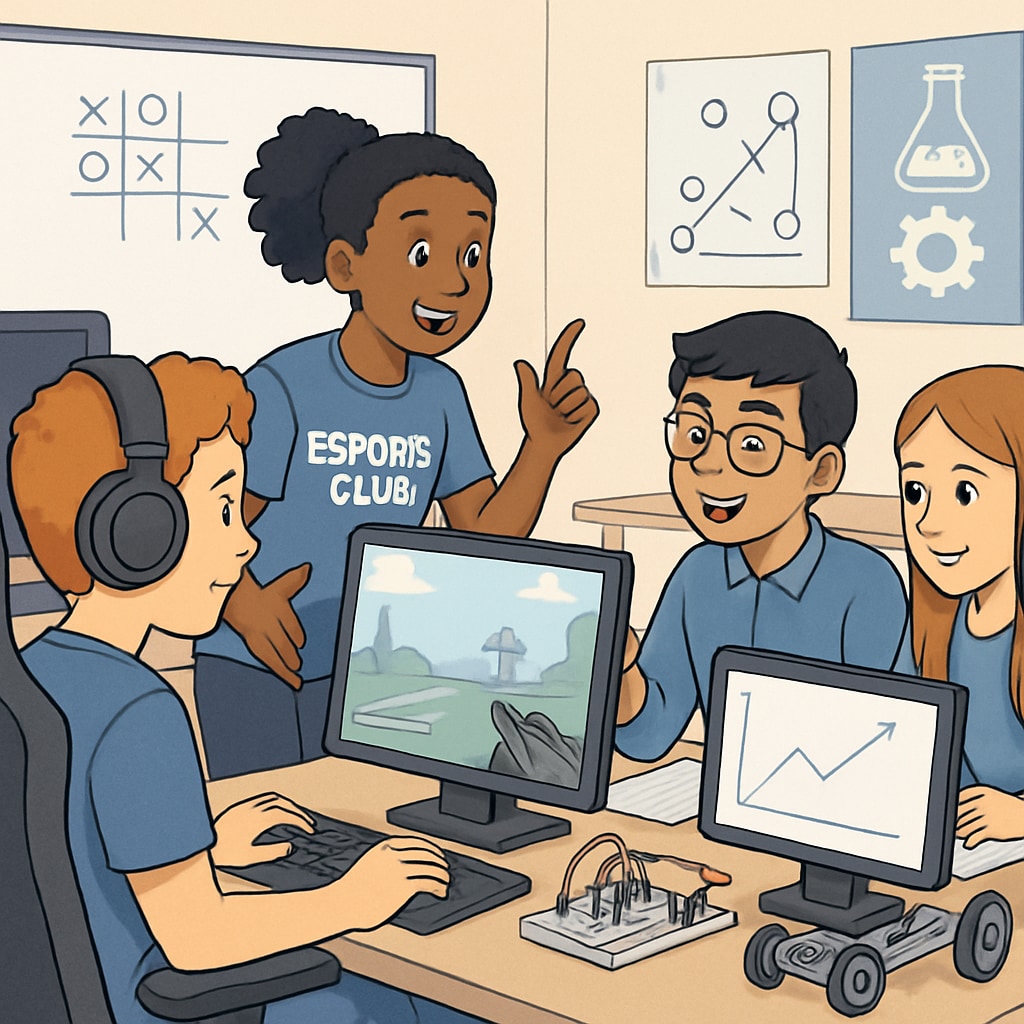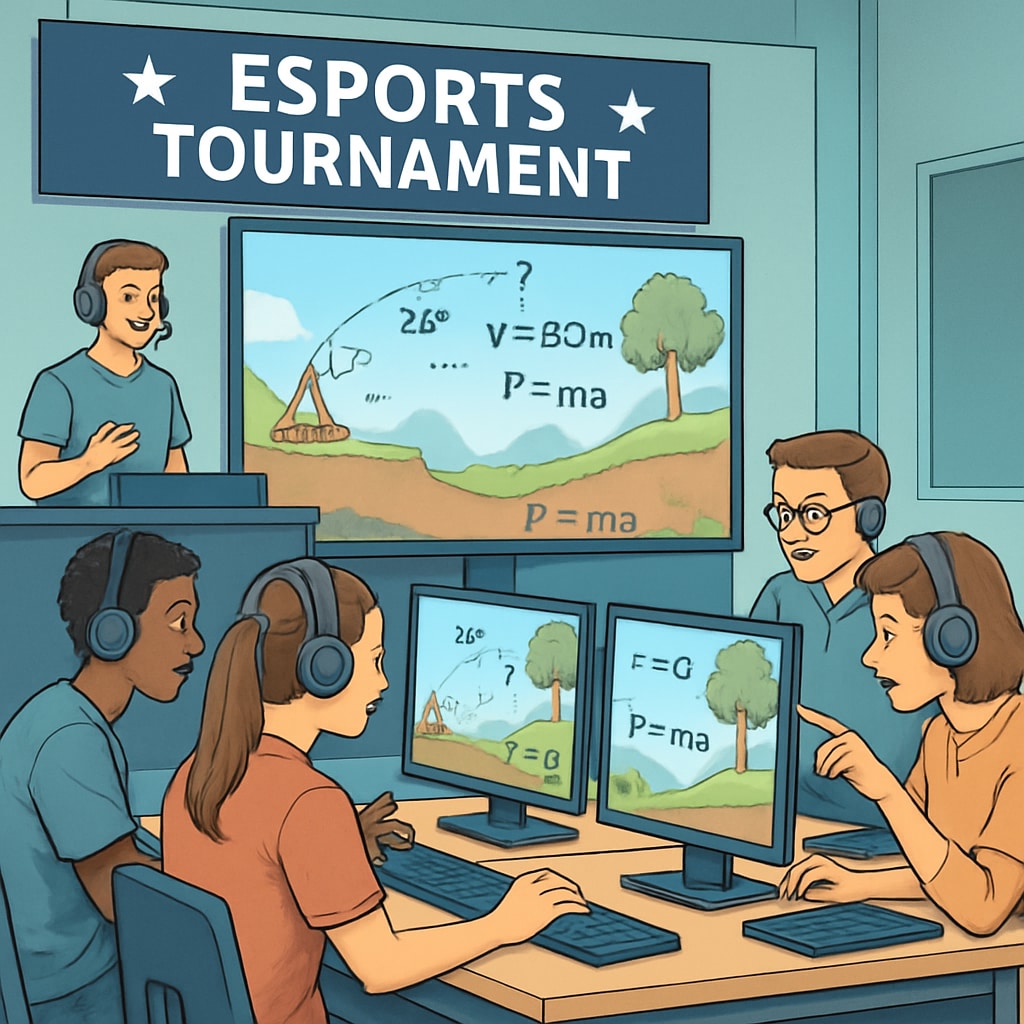Esports, gamified learning, and education are converging to reshape how students engage with knowledge in K12 classrooms. The strategic partnership between GameClass and the North America Scholastic Esports Federation (NASEF) is pioneering this transformation. By integrating gamified learning into nearly 9,000 esports clubs worldwide, this innovative approach is not only making education more interactive but also enhancing skill development in critical areas such as teamwork, problem-solving, and digital literacy.
Esports: A Bridge Between Education and Entertainment
Esports (competitive video gaming) has rapidly grown into a global phenomenon, captivating millions of players and audiences. Beyond just entertainment, it offers unique opportunities to engage students in ways traditional education often struggles to achieve. By incorporating esports into K12 curriculums, educators can tap into students’ passion for gaming while teaching essential academic and life skills.
For example, esports programs often require strategic thinking, collaboration, and effective communication—skills that align closely with educational goals. Furthermore, these programs can be tailored to include STEM (Science, Technology, Engineering, Mathematics) concepts, making subjects like coding, physics, and math more accessible and enjoyable for students.

Gamified Learning: Engagement Meets Education
Gamified learning refers to the use of game mechanics and principles to enhance educational content. This method turns traditional learning into an interactive experience, motivating students through rewards, challenges, and progress tracking. GameClass, a leader in this field, leverages gamification to create personalized learning pathways that cater to diverse student needs.
Through their collaboration with NASEF, GameClass enables educators to integrate gamified lessons into esports clubs, fostering a culture of learning through play. For instance, students participating in an esports tournament might simultaneously learn about physics principles related to game mechanics, such as trajectories and velocity. As a result, learning becomes a seamless part of their gaming experience.

Global Impact and Future Potential
The GameClass-NASEF partnership is setting a precedent for global education innovation. Their initiative reaches thousands of esports clubs worldwide, providing students with access to high-quality learning tools that are both effective and enjoyable. This model not only enhances academic performance but also prepares students for future careers in technology, media, and other industries linked to esports.
Moreover, this approach has the potential to address broader educational challenges, such as student disengagement and inequitable access to resources. By making learning fun and universally appealing, gamified esports education can bridge gaps across socioeconomic and cultural divides.
Benefits of Esports and Gamified Learning:
- Improves student engagement and participation.
- Develops critical thinking, teamwork, and communication skills.
- Integrates STEM and other academic concepts seamlessly.
- Prepares students for technological and creative industries.
- Promotes inclusivity and equity in education.
Challenges and Considerations
While the integration of esports and gamified learning into education holds immense promise, it also presents certain challenges. Educators may require training to effectively use these tools, and schools must invest in the necessary infrastructure, such as gaming equipment and high-speed internet. Additionally, balancing screen time and physical activities remains a critical consideration for student well-being.
Despite these hurdles, the potential benefits far outweigh the risks. With proper planning and execution, esports-driven educational models can revolutionize how we approach K12 learning.
In conclusion, the fusion of esports, gamified learning, and education marks a pivotal shift in global education. By leveraging students’ natural enthusiasm for gaming, initiatives like GameClass and NASEF’s collaboration are creating engaging and impactful learning experiences. As this innovative model continues to expand, it will undoubtedly redefine the future of K12 education.
Readability guidance: The article uses short paragraphs, lists, and transitions to ensure clarity and engagement. Overuse of passive voice is avoided, and technical terms are explained for accessibility.


